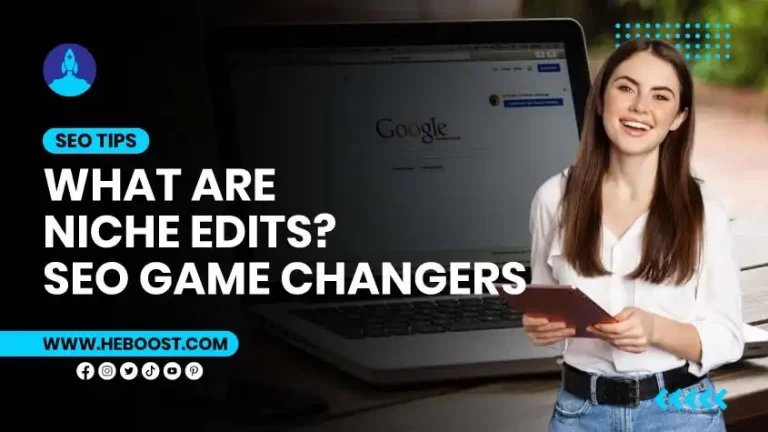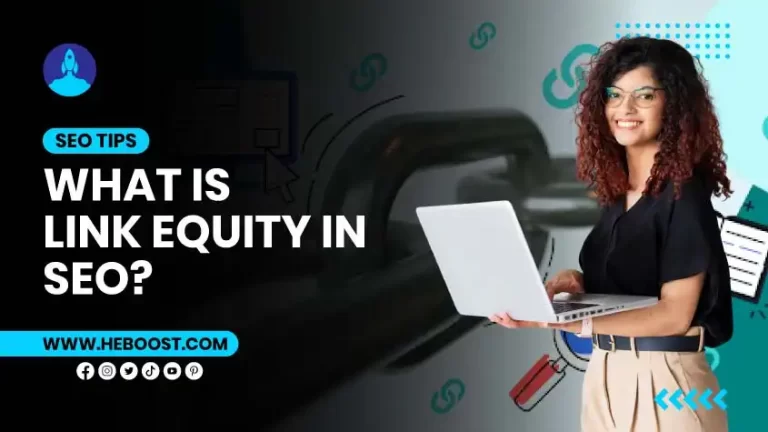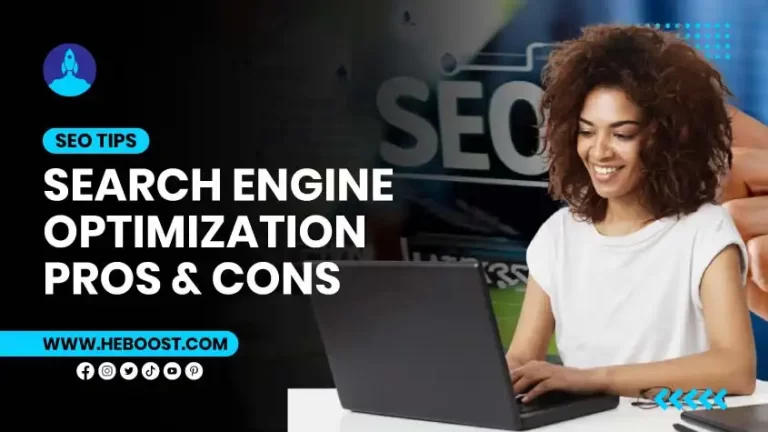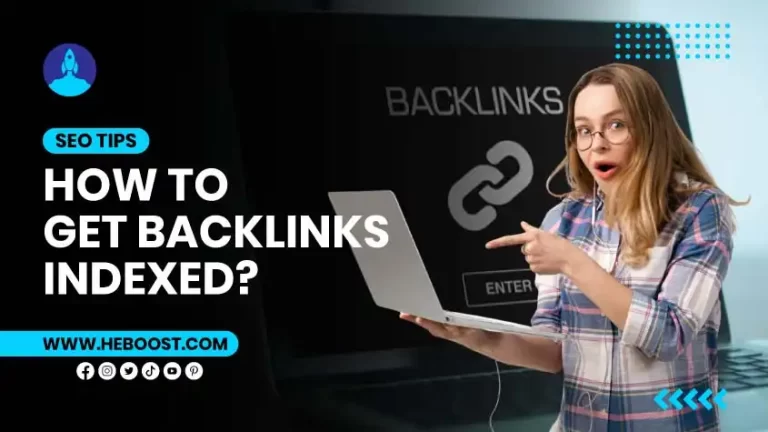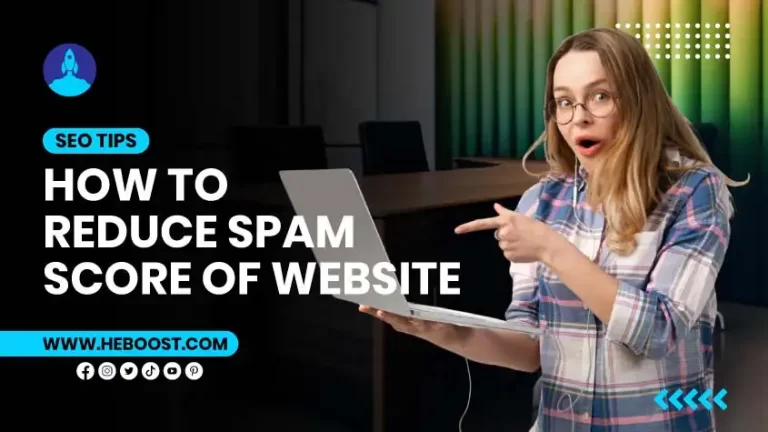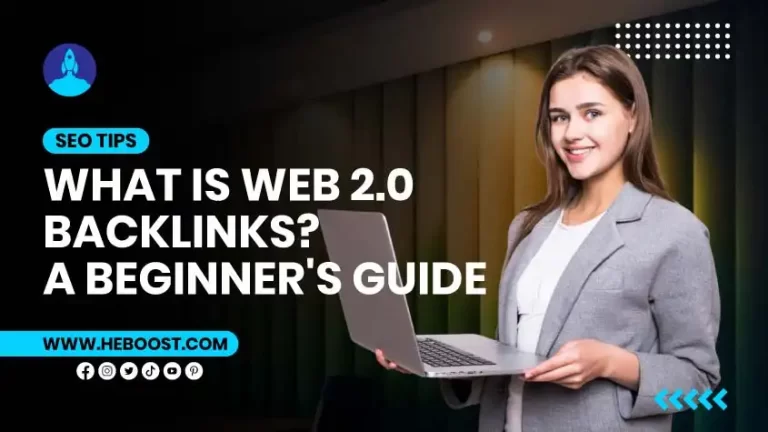Page Size Limit for Googlebot Crawlers: SEO Secrets
Hello, digital dynamos and web wizards! Today, we’re diving into a topic as crucial as your morning cup of Java – the page size limit for Googlebot crawlers. In our more than five years of SEO adventuring, we’ve learned a thing or two about how Google’s nifty bots interact with your website. And guess what? Size does matter here, but maybe not in the way you think.
We’re talking about more than just your average Joe’s webpage. We’re delving into what makes Googlebot tick – or click, if you will. This isn’t just a casual stroll through SEO park; it’s a journey into what makes your website visible, viable, and valuable in Google’s eyes. Stick with us, and we’ll unravel the mysteries of Googlebot’s appetite for webpages and how you can optimize your site to be the tastiest treat in the digital neighborhood.
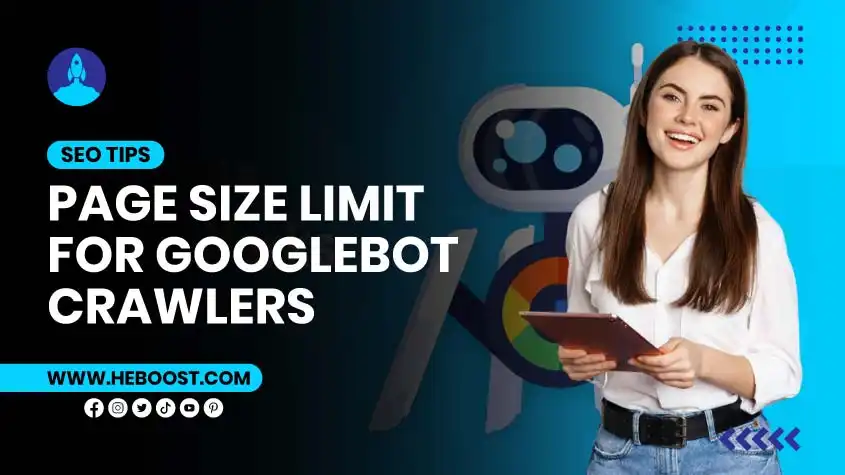
Who’s This Googlebot Character, Anyway?
Let’s kick things off by introducing the star of our show – Googlebot. Imagine a tireless digital explorer, tirelessly scanning the vast wilderness of the web. This hardworking bot is Google’s front-line soldier, tasked with the monumental job of indexing the endless pages of the internet for Google Search. Simply put, Googlebot is like the world’s most efficient librarian, tirelessly categorizing, sorting, and filing the web’s content into Google’s searchable library.
But Googlebot isn’t just a mindless drone. Oh no, it’s a sophisticated piece of tech wizardry. Powered by a complex algorithm, it decides which pages to crawl, how often, and how many pages to fetch from each site. As SEO maestros, understanding Googlebot’s behavior is critical to our strategy. It’s like being a chef who knows exactly how hot the oven should be – it makes all the difference in preparing a delectable digital dish for Google to feast on.
Recommended Reads: Search Engine Optimization: Advantages and Disadvantages
The Mystery of Page Size Limits
Now, let’s get to the heart of the matter – the page size limit for Googlebot crawlers. This is where things get a bit intriguing. Googlebot, like any good internet denizen, has its limits. It’s not going to munch on data like a bottomless digital pit. There’s a cap, and understanding this cap is crucial for your website’s SEO health. The consensus? Keep your pages under 100MB. But let’s not just skim the surface; we must dive deeper to understand the nuances.
Firstly, why is there a limit at all? It’s all about efficiency and resource management. If Googlebot had to gorge on massive pages regularly, it would be like trying to drink from a firehose – messy and impractical. Smaller page sizes mean Googlebot can crawl more pages more efficiently, and that’s good news for everyone. It’s like serving up bite-sized appetizers instead of a whole turkey; it’s easier to digest.
And here’s where it gets spicy – the myth of the page size limit for Googlebot crawlers 100GB. Let’s bust this myth right now: that’s not just overkill; it’s an urban legend in the SEO world. The reality is much more conservative. We’re talking megabytes, not gigabytes. This isn’t a case of ‘the bigger, the better’; it’s a delicate balance of quantity and quality.
But Wait, There’s More!
What about the page size limit for Googlebot crawlers in GB? Again, think smaller. Googlebot isn’t going to tackle a digital Godzilla of a page. It prefers its meals to be more manageable. Oversized pages are like over-stuffed suitcases; they’re just hard to handle. So, keep your pages lean and mean.
The Biggest Fish Googlebot Will Fry
So, circling back, what is the largest page size that Google’s spider will crawl? The golden number to remember is 100MB. It’s not just a random figure; it’s a sweet spot. It ensures your page is comprehensive enough to be valuable but not so hefty that Googlebot gets bogged down. It’s about striking that perfect balance – like a perfectly poured latte, not too hot or cold, just right.
Recommended Reads: Guest Posts vs Niche Edits: The Ultimate SEO Duel
SEO Tips to Keep Your Pages Googlebot-Friendly
It’s time to roll up our sleeves and dive into some hands-on tips. As SEO experts, we know that keeping Googlebot happy is like hosting a dinner party for a VIP guest. You want everything to be just perfect. So, how do you make your web pages the kind of feast Googlebot can’t resist? Let’s break it down into bite-sized pieces.
1. Size Matters: Keeping Your Pages Trim
Remember the golden rule: under 100MB. This isn’t just about pleasing Googlebot; it’s about user experience, too. A smaller page size translates to quicker loading times, and in the digital world, speed is everything. Think of your web page like a high-speed train – sleek, fast, and efficient. Large, bulky pages are akin to a lumbering freight train – they’ll get there eventually, but who has the time to wait?
2. Quality Content is King
In the realm of SEO, content reigns supreme. But it’s not just about quantity; quality sets your site apart. Engaging, relevant, and informative content is what Googlebot and your audience crave. It’s like a masterfully prepared dish; it needs to look, smell, and taste good. Googlebot loves content that adds value, answers questions, and enriches the user’s experience.
3. Mobile Optimization: The Modern SEO Battlefield
With most searches now happening on mobile, having a mobile-optimized site is no longer optional; it’s essential. A mobile-friendly site is like a universal key; it opens the door to a broader audience. And Googlebot? It favors mobile-friendly pages. It’s like showing preference for finger food over a five-course meal – it’s just more convenient.
4. Speed is Sexy: Fast-Loading Pages for the Win
We’ve touched on this before, but it deserves its spotlight. Page speed is a critical factor in both SEO and user experience. A fast-loading page is like a quick and efficient waiter; it makes for a happy customer. Googlebot values speed because it reflects a good user experience. Tools like Google’s PageSpeed Insights can be your best friend here, helping you fine-tune your site for optimal performance.
Frequently Asked Questions
In the bustling SEO world, questions are as plentiful as pop-up ads on a sketchy website. But fear not! We’ve gathered some of the most common queries about the page size limit for Googlebot crawlers. Think of this section as the FAQ page of your favorite online store – helpful, informative, and saving you a call to customer service.
1. What happens if my page is over the size limit?
If your page size exceeds the recommended 100MB, it’s like showing up to a potluck with too much food – some might not get eaten. In Googlebot terms, it may not fully index your page or skip it altogether. This can mean missed opportunities for ranking and visibility. It’s like having a great movie that no one knows about because it never made it to the theaters.
2. How do I check my page size?
Knowing your page size is like knowing your shoe size – essential for a good fit. There are several online tools available that can help you measure the size of your webpage. These tools work like a digital tape measure, giving you a clear picture of your page’s length to trim the fat if needed.
3. Does a larger page size affect my ranking?
While a larger page size doesn’t directly impact your Google ranking, the side effects can. Think of it like overeating junk food – it’s not the calories that get you; it’s the sluggishness and heartburn after. Large pages can slow down your site, affect user experience, and make it harder for Googlebot to digest your content. All these factors can indirectly impact your SEO rankings.
4. Can I split a significant page into smaller ones?
Absolutely! It’s like serving a multi-course meal instead of one giant dish. Splitting a significant page into smaller, more digestible pages helps Googlebot and improves user experience. It’s easier for users to navigate and find specific information they are looking for. Plus, it can help you target particular keywords more effectively on each page.
Wrapping It Up
As we bring our digital journey to a close, remember that staying informed and adaptable is critical in the ever-evolving world of SEO. The page size limit for Googlebot crawlers might seem like a small cog in the vast SEO machine, but it plays a crucial role in how your website is perceived and ranked by Google. Keeping your pages well under 100MB ensures a smoother crawling experience for Googlebot and a better experience for your users – and that’s what really matters.
In the words of the legendary SEO sage, Moz Rand, “SEO is not about gaming the system, it’s about learning the rules and playing by them.” As we’ve seen, these rules aren’t just arbitrary; they’re designed to create a better, faster, and more efficient web for everyone. So, let’s keep our pages light, our content rich, and our SEO strategies sharp. The digital world is a constant dance of adaptation and innovation, and with these insights, you’re well-equipped to lead the waltz.
Until our next digital rendezvous, keep optimizing, keep innovating, and above all, keep smiling in the face of the ever-changing SEO landscape!

